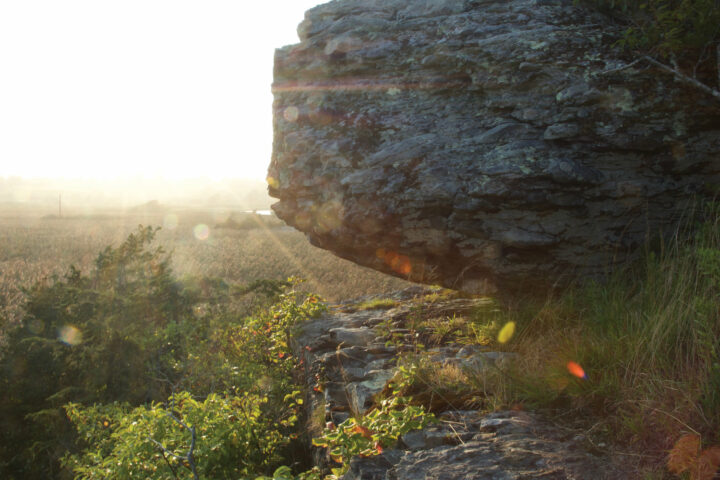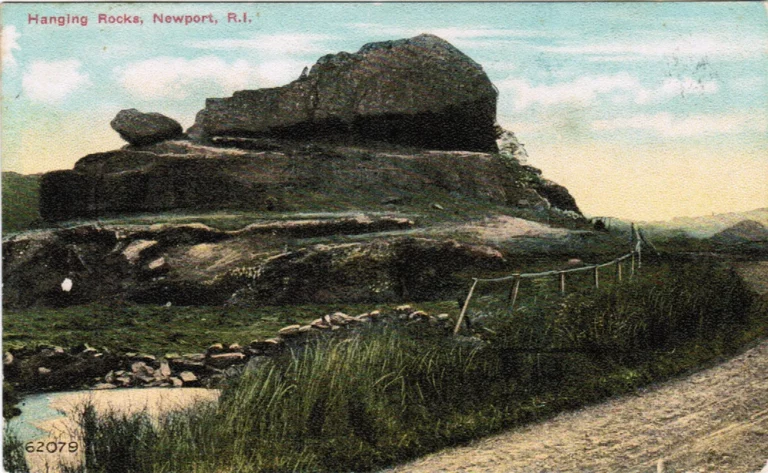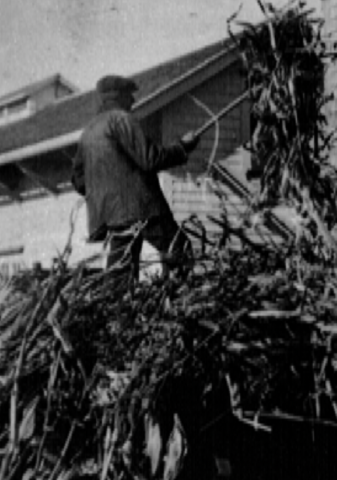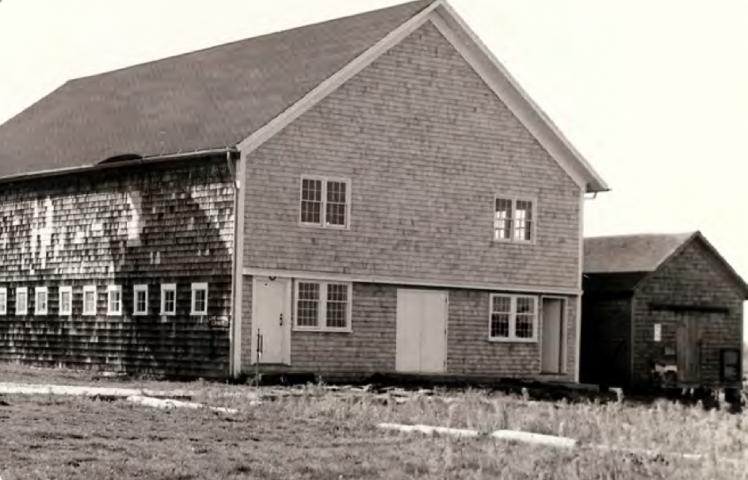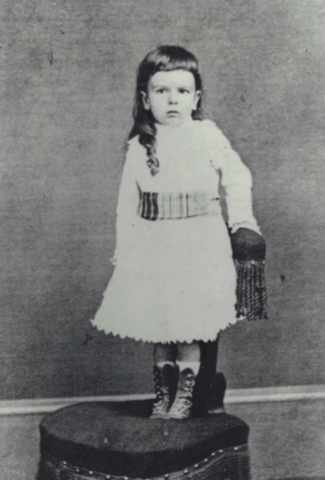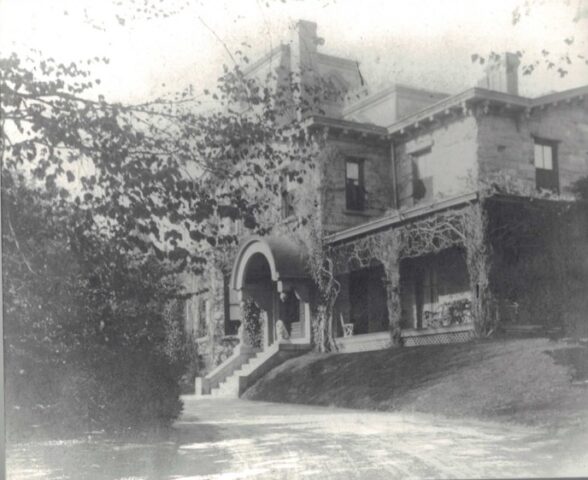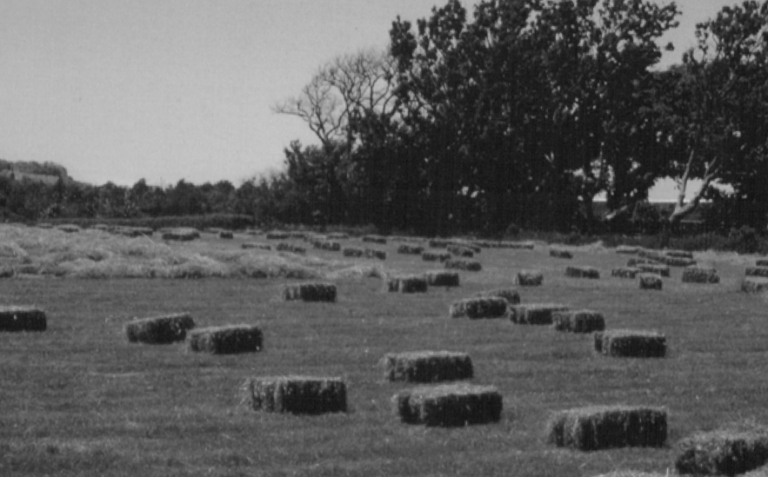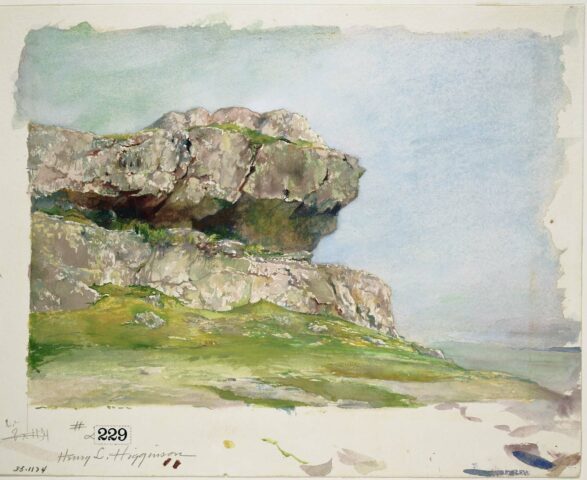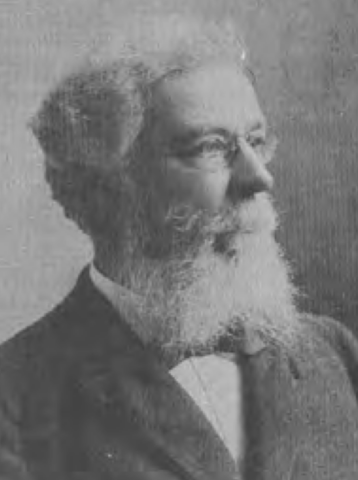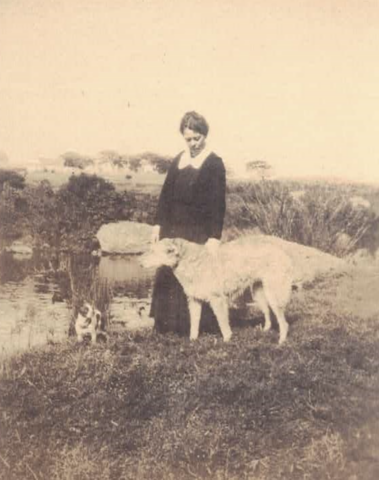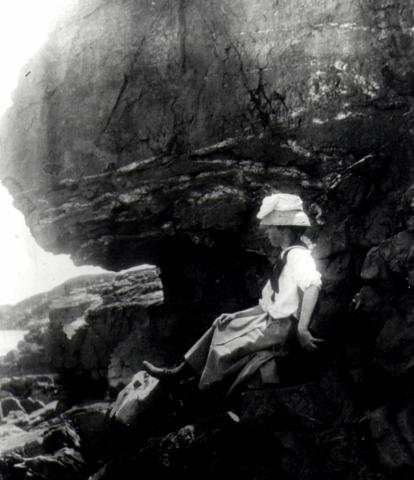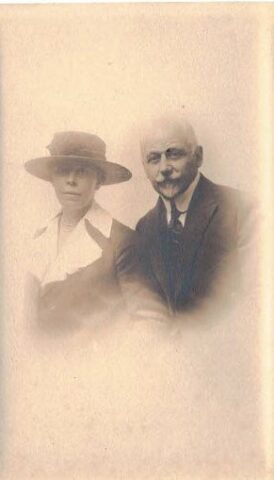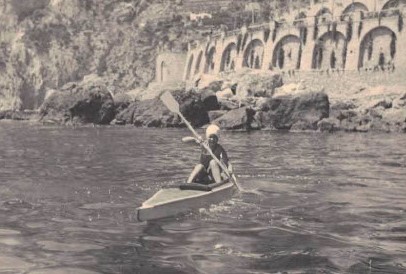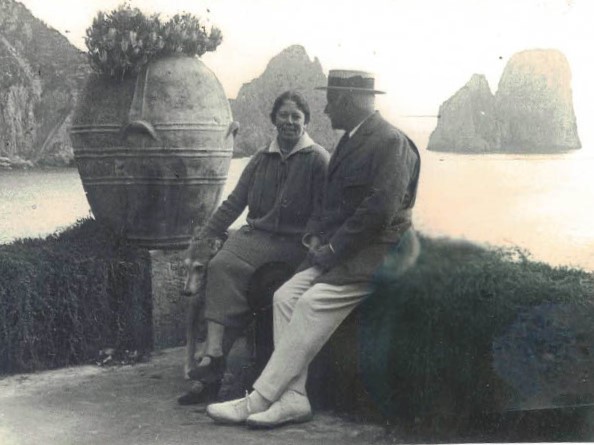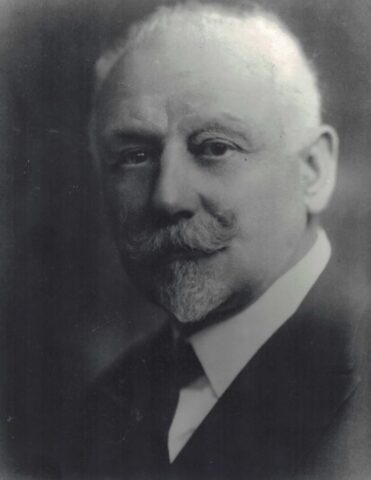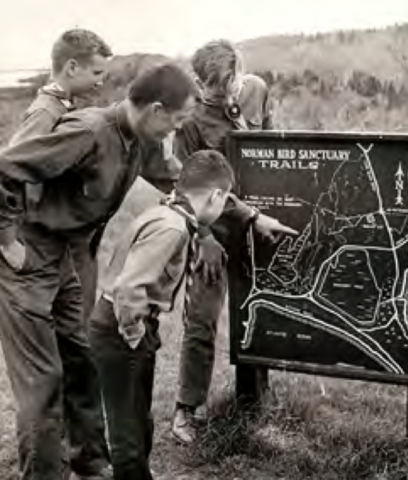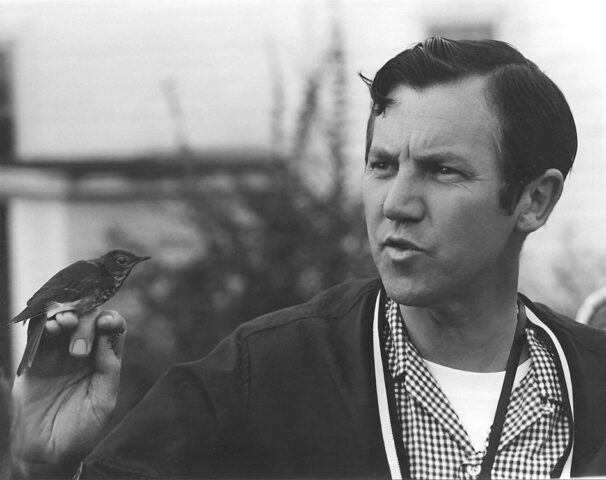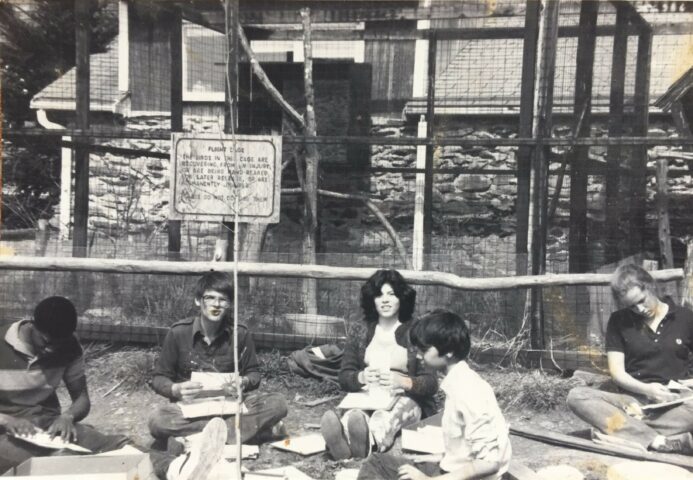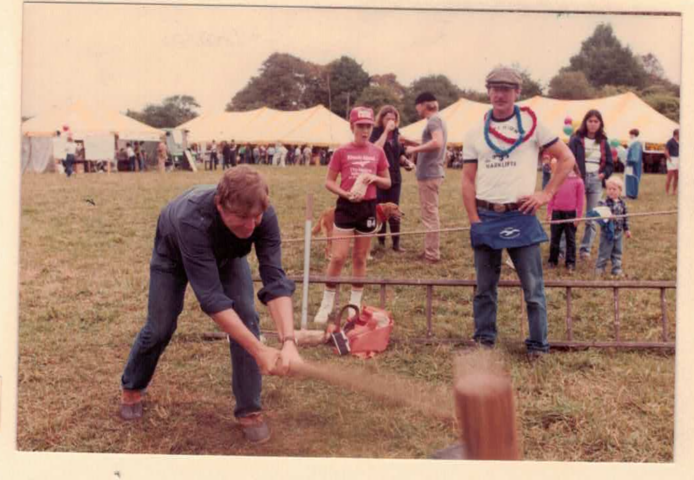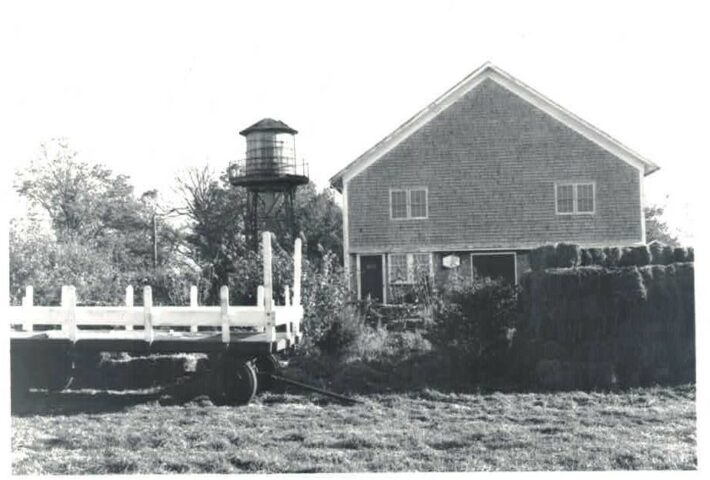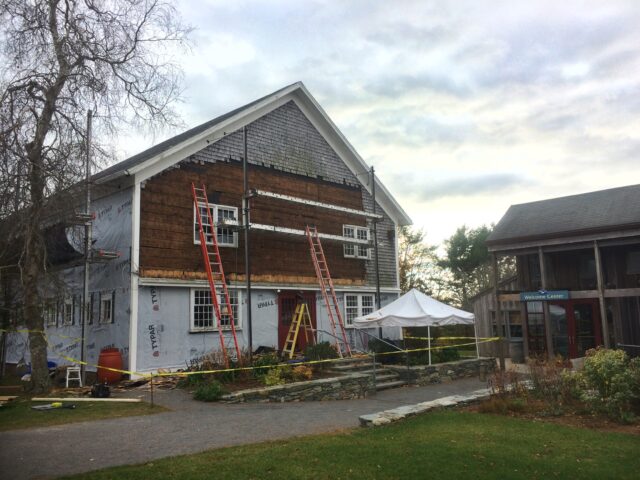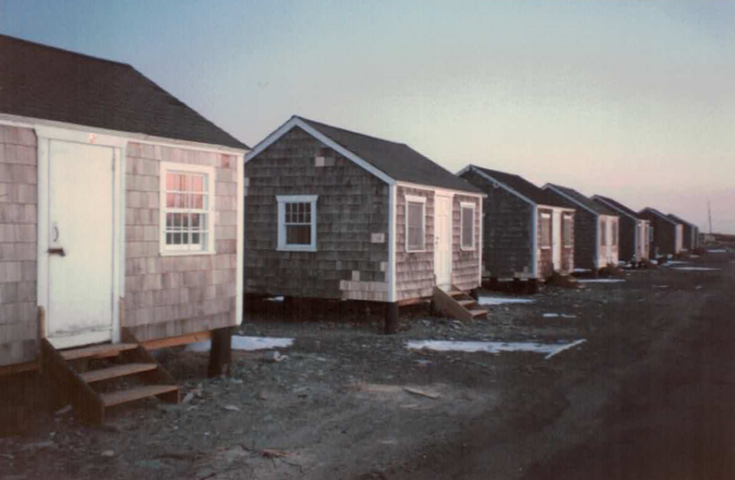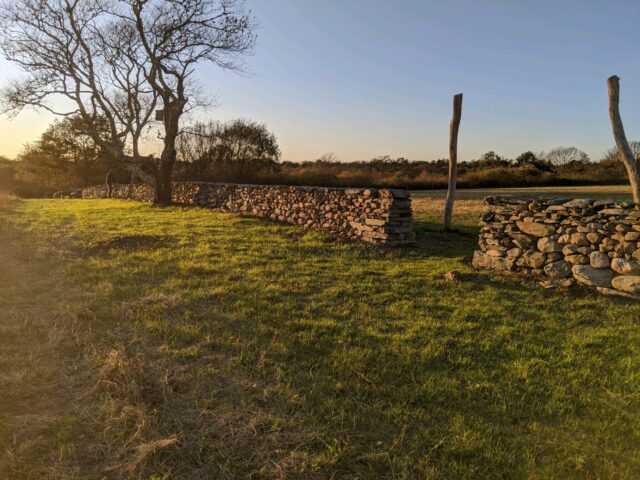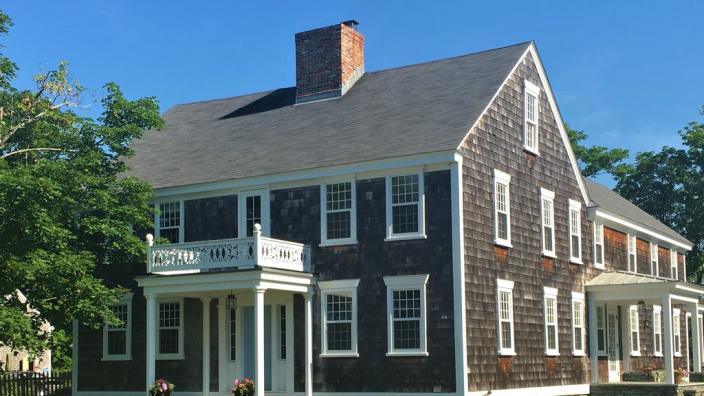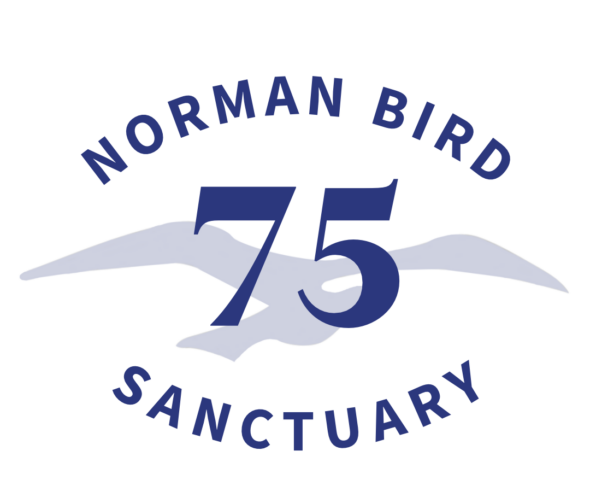Saturday, April 20th
Open Working Time: 9am to 4pm, Reception and Juried Benefit Show: 5:30pm to 7:30pm
Free for artists, Reception: $20 for Members, $35 for Non-Members, Register
Join us for Paint Paradise, a special 75th anniversary plein air day! Honor Paradise Valley’s rich cultural heritage and the artistic legacy of our founder Mabel Norman Cerio, while enjoying 300 acres of beautiful open studio space as the spring colors emerge.
Attendees will have free access to spaces across our campus ideal for art-making, along with optional tutorials with area artists and complimentary breakfast and lunch generously provided by Kitchen Companion Catering.
Bring friends (art clubs and groups welcome!) and immerse yourself in the peace of the Sanctuary’s diverse geography, rich in wetland, grassland, beach, ponds, and forest. All ages, mediums, and experience levels welcome. Artists must supply their own materials.
Paint Paradise will end with an optional reception and juried benefit show & sale from 5:30 to 7:30pm. This portion of the day will be a ticketed, public event. Attendance is free for participating artists. Artists can elect to sell their work at this event, with 25% of sales going to the Sanctuary in support of its programs.” Thanks to generous support from Mr. John Grosvenor and Ms. Cheryl Hackett, there will be a special prize for one winner.
We would like to thank our generous sponsors, Mr. John Grosvenor & Ms. Cheryl Hackett and Kitchen Companion Catering!

















